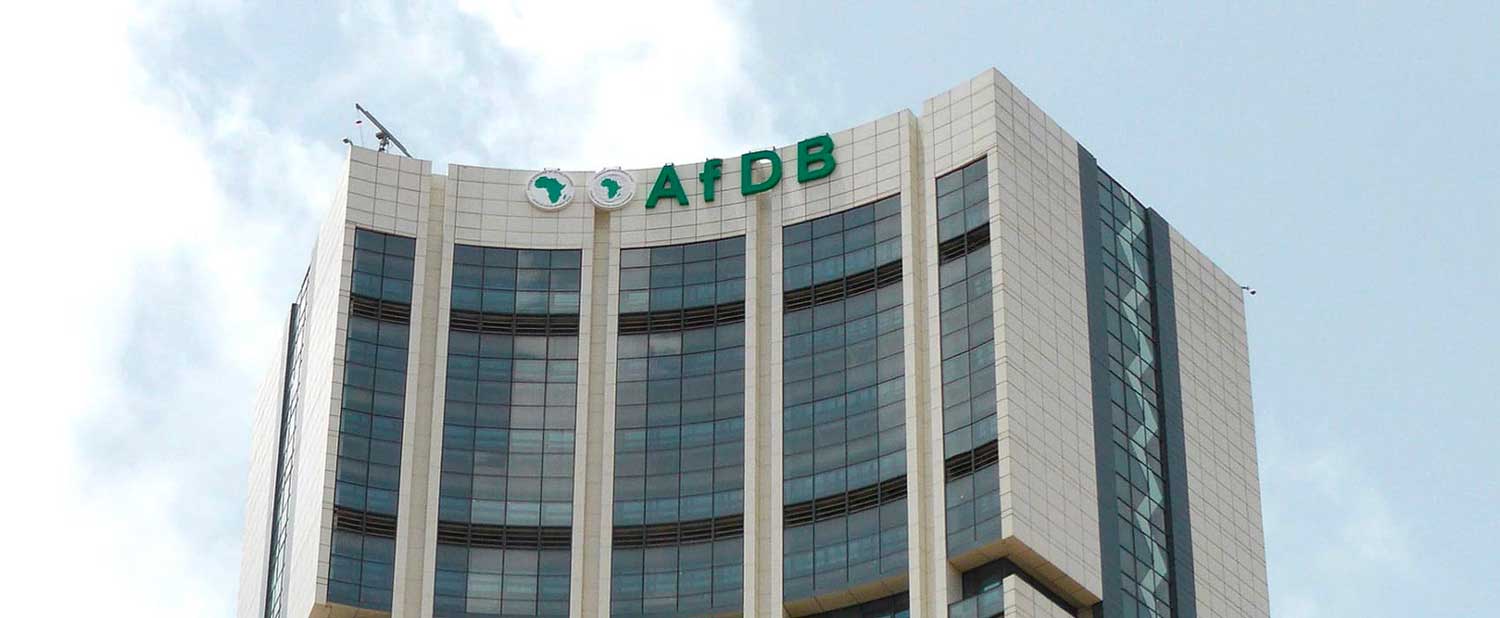Egypt’s Market Faces a Higher Rate Hurdle
IMF’s warning meets markets where ^TNX resets the discount rate and EGX30:IND rallies on liquidity over earnings; Egypt’s record reserves collide with 20% local yields as policy credibility decides whether spreads compress or widen.

Global financial conditions are shifting from liquidity support to price discovery, and the adjustment exposes where leverage and duration risk have accumulated. The current stability warning is structural, not cyclical: risk assets trade above fundamentals, sovereign duration risk in core markets sets a higher global discount rate, and nonbank credit channels transmit shocks faster than balance sheets can adapt.
The transmission begins with rates. The U.S. 10-year benchmark has hovered near 4.05%, a level consistent with positive term premia after years of suppression. In Europe, the Italy–Germany 10-year spread near 100 basis points signals that fragmentation risk persists, keeping the global cost of capital elevated. These anchors reprice equities, credit, and real assets worldwide and raise the hurdle rate for fiscal programs dependent on cheap rollover.
Egypt sits squarely on this transmission line. General government gross debt is roughly 86–91% of GDP on current IMF metrics, leaving interest costs central to the fiscal arithmetic. Local-currency 10-year yields around 20–21% embed a high ex-ante real rate even as disinflation advances. Urban CPI slowed to about 11.7% year on year in September, a decisive retreat from the 2023 peak but still above a medium-term target path.
Policy adjustments since 2024—greater FX flexibility, tighter liquidity, and primary fiscal surpluses—have rebuilt buffers. Net international reserves near $49.5 billion sit at record levels, improving the capacity to smooth external shocks and reducing the need for ad-hoc controls when U.S. yields back up or European spreads widen.
The mechanism from global rates to the real economy runs through the sovereign-bank nexus. Higher core yields raise Egypt’s refinancing costs and extend the maturity at which the state competes with private borrowers. Banks rationally overweight sovereign paper at double-digit yields, crowding out credit to tradables and SMEs. That mix suppresses private capex multipliers and slows potential growth even as headline GDP stabilizes.
The equity market’s resilience—EGX30 levels around the high-36k to mid-37k range—has been driven more by domestic liquidity rotation and asset-replacement behavior than by broad-based earnings growth. Valuations therefore remain sensitive to the policy-rate trajectory and to FX pass-through on import-dependent sectors. A disorderly global correction would pressure multiple channels simultaneously: dividend discount rates, funding access for leveraged corporates, and pricing of state-asset monetization pipelines critical to fiscal consolidation.
Nonbank financial intermediaries are the underpriced amplifier. Globally, bank exposures to funds and private credit have tightened the link between margin calls and deposit flows. Locally, rapid growth in money market funds, insurers, and investment vehicles has outpaced the mapping of cross-exposures and redemption dynamics. In a rate shock, procyclical selling can force a liquidity spiral that spills into bank funding via repo and deposit migration. Egypt’s stronger reserves and cleaner FX regime lower the probability of a currency balance-sheet spiral, but they do not remove liquidity-spiral risk if asset repricing accelerates.
Policy direction is measurable and time-anchored. Fiscal credibility improves if the primary surplus holds near 3½–4% of GDP and interest outlays fall at least 200 basis points as a share of revenue over the next four quarters. External resilience strengthens if reserves remain above $50 billion and the parallel-market FX gap narrows to single digits, indicating anchored expectations.
Domestic financial conditions ease credibly if 10-year local yields migrate toward the mid-teens while CPI trends toward high single digits, maintaining a positive but narrowing real rate that supports disinflation without crushing credit. Market structure improves if earnings-led breadth on the EGX widens across exporters, banks, and energy, and if state-asset transactions clear at yields and EV/EBITDA multiples consistent with EM peers rather than distress.
The 6–12-month test is straightforward. Track four indicators: the U.S. 10-year and the Italy–Bund spread for global duration risk; Egypt’s 10-year local yield and CPI for the real-rate anchor; net reserves and the FX parallel spread for external credibility; and EGX earnings revisions versus price performance for valuation durability. If core-market yields drift lower on disinflation while Egypt sustains primary surpluses and reserve gains, funding costs should compress and crowding-out pressures ease, allowing growth to converge toward 4–5%.
If global yields rise or redemptions hit nonbanks, expect a tighter domestic credit impulse, weaker equity risk appetite, and a slower disinflation trajectory. The policy imperative is clear: maintain fiscal discipline, deepen local debt markets at longer tenors, and keep FX flexibility to anchor confidence while the world reprices risk.





